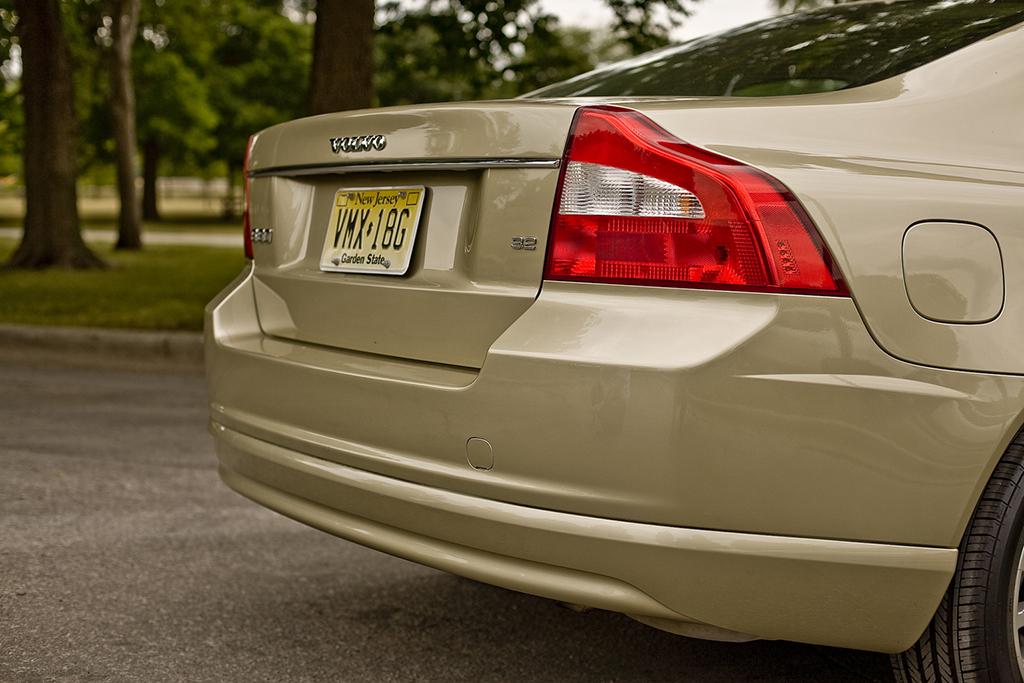
If you want an affordable used car, the safest choices aren't necessarily out of the question.
Related: Driver, Passenger May Not Get Same Crash Protection
Cars.com analyzed Insurance Institute for Highway Safety crash-test results for hundreds of models to find some diamonds in the used-car rough. Our criteria:
- Eligible cars must be model-year 2010 or older models.
- They need good or acceptable results in IIHS' small-overlap frontal test, moderate-overlap frontal test, side-impact test, roof-strength test and head restraint/seating evaluation. (IIHS scores are good, acceptable, marginal or poor.)
- They cannot have any missing scores among those five tests.
- They must have a standard electronic stability system, which includes antilock brakes and traction control. Stability systems have been required since 2012, but many cars had them before that.
Want a safe, affordable used car? Check out these five.
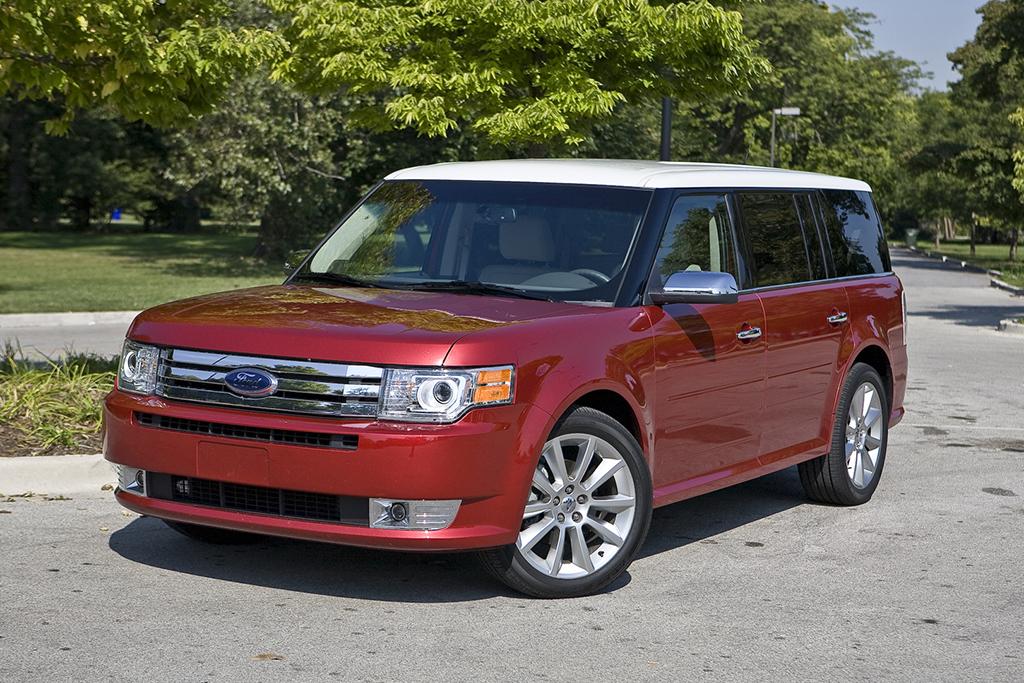
2010 Ford Flex; Cars.com photo by Ian Merritt
2010 Ford Flex: The Flex's boxy styling may prove too controversial for some shoppers, but the car scored well in all IIHS tests when it arrived for the 2009 model year, save the agency's roof-strength test, where the Flex wasn't rated. Models built after January 2010 scored well in that test (you can find the exact build date by month on a sticker near the driver's doorjamb), and when IIHS introduced its small-overlap frontal test a few years later, the Flex scored well there too. Not too shabby for a car designed years before the test.
Pricing: A new Flex could run more than $40,000, and used-car prices reflect that. Used 2010 Flexes average $17,576 on Cars.com.
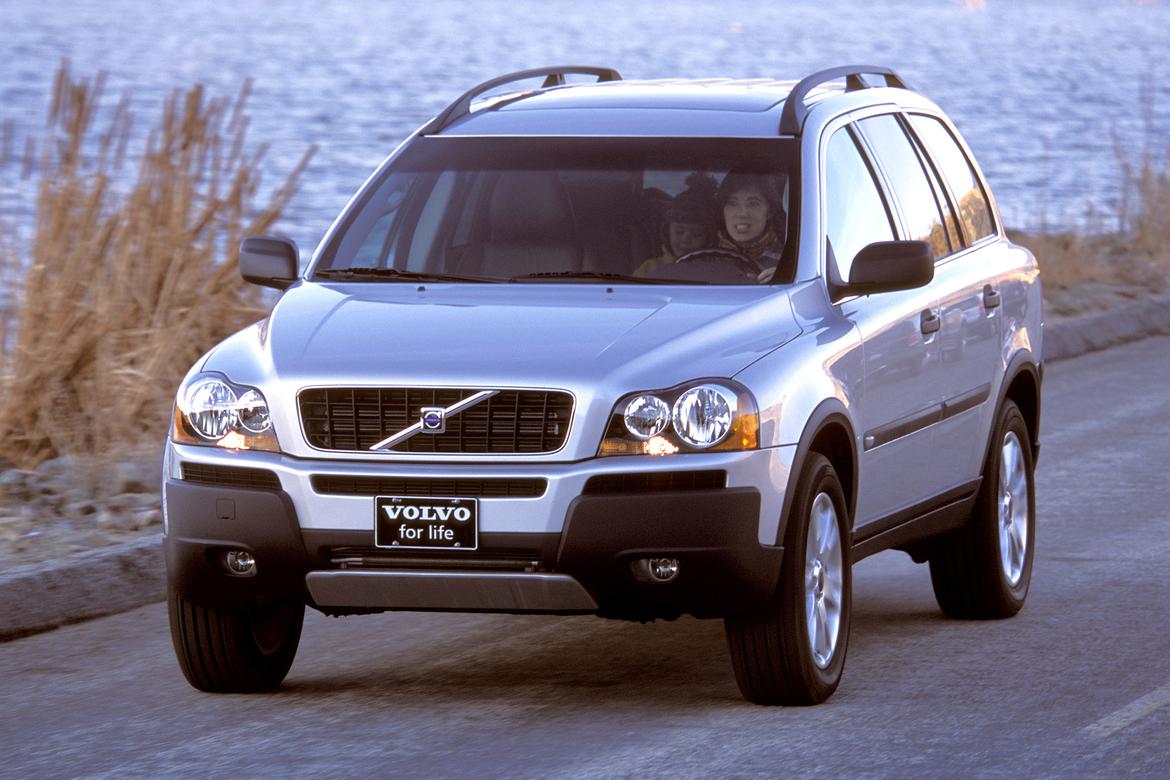
2005 Volvo XC90; Manufacturer image
2005-2010 Volvo XC90: The first-generation of Volvo's three-row luxury SUV debuted as a 2003 model but lacked rear-impact scores until 2005. Still, its safety record demonstrates years of forward thinking, with a standard anti-rollover stability system and excellent crash-test scores despite arriving a decade before IIHS released its small-overlap test. That's because Volvo "had researched small overlap crashes and began building their vehicles to withstand them long before our test was introduced," IIHS spokesman Russ Rader told us.
Pricing: Cars.com listing prices average less than $10,000 for 2005 and 2006 XC90s; 2007 models average $10,703. Newer XC90s run up in price, however: 2008, 2009 and 2010 models average $13,249, $17,006 and $19,852, respectively.
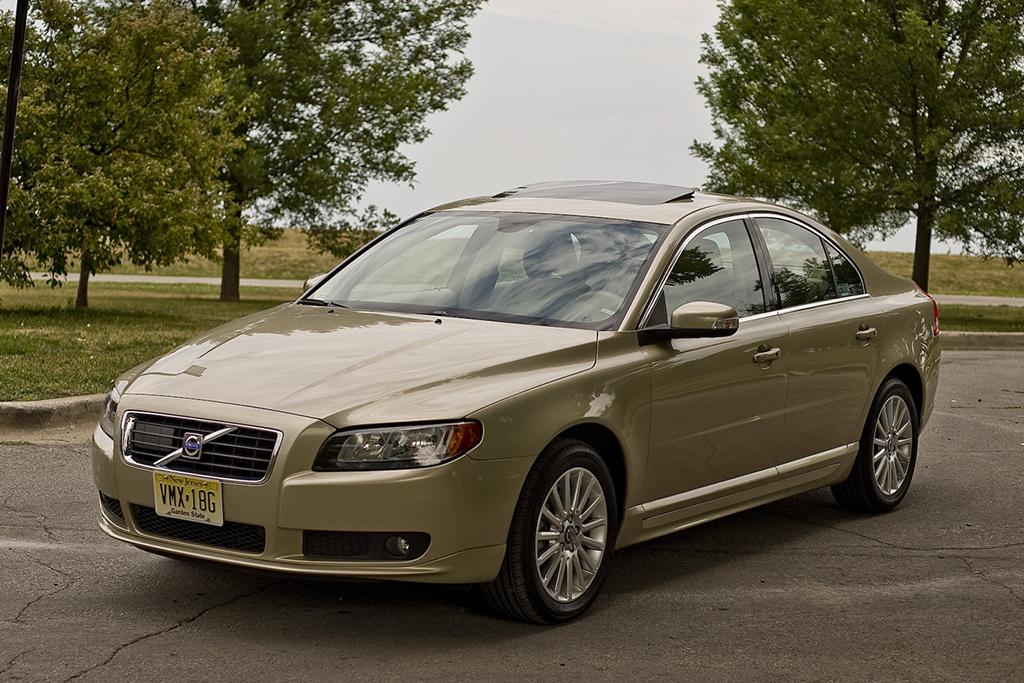
2007 Volvo S80; Cars.com photo by Ian Merritt
2007-2010 Volvo S80: Redesigned for the 2007 model year, Volvo's flagship sedan had sleek styling and a handsome, executive-class cabin. It's aged well, inside and out. Available all-wheel drive made the sedan a practical choice in cold-weather states, and if the base inline-six-cylinder was too pokey, the car offered an available V-8 or, later, a punchy turbo six that was just as quick. Besides excellent crash-test ratings, the S80 had safety options well ahead of other mass-market cars, including forward collision warning and blind spot warning systems.
Pricing: On Cars.com, used 2007 and 2008 S80s average $10,681 and $11,500, respectively, while 2009 and 2010 models average a steeper $13,094 and $16,207, respectively.
2008 Mitsubishi Lancer; Cars.com photo by Chase Agnello-Dean
2010 Mitsubishi Lancer sedan: Mitsubishi's affordable Lancer proves that even commuter sedans can have excellent crash tests. Redesigned for 2008, the Lancer boasts parking-friendly dimensions, a serviceable backseat and nimble handling. An electronic stability system wasn't standard until the 2010 model year; it was optional in the 2009 Lancer and unavailable in 2008. If you find the Lancer's 2.0-liter four-cylinder too anemic, GTS and Ralliart trims have beefier powertrains.
Pricing: The 2010 Lancer averages $11,243 on Cars.com.
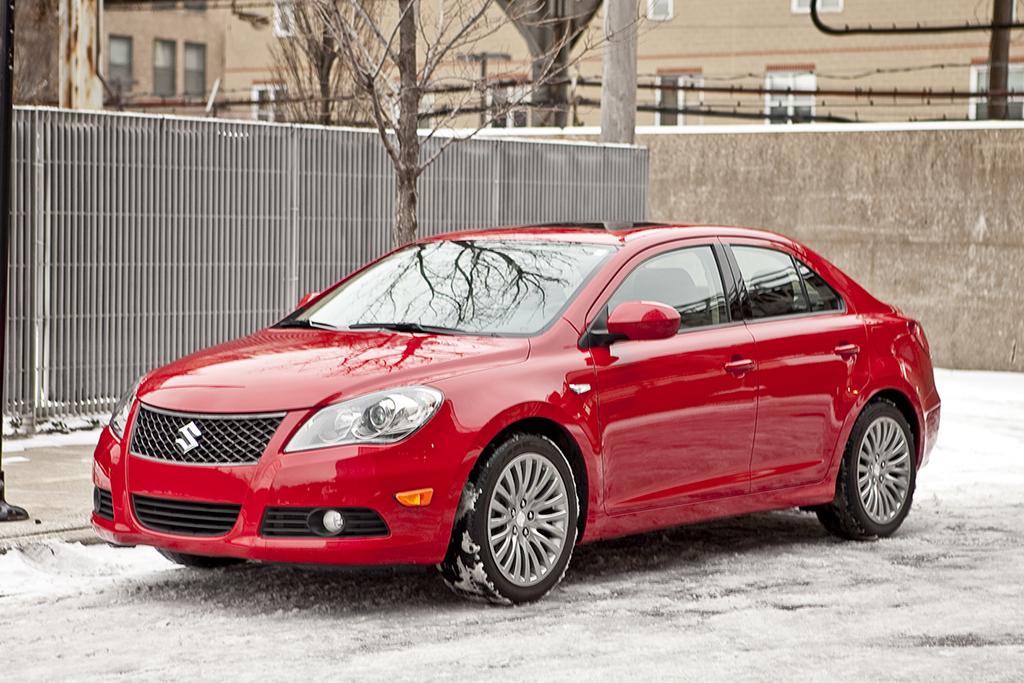
2010 Suzuki Kizashi; Cars.com photo by Ian Merritt
2010 Suzuki Kizashi: More than any other Suzuki, the Kizashi made us mourn the brand's exit from U.S. auto sales. The midsize sedan's sole engine, a 2.4-liter four-cylinder, felt outmatched at times, particularly with the Kizashi's optional (and weight-adding) all-wheel drive. But the car boasted excellent ride and handling with a sharp, well-equipped interior. Bonus points if you find one with the optional Rockford Fosgate stereo, which delivers better sound than we've heard in some luxury cars.
Pricing: The 2010 Kizashi averages $10,316 on Cars.com.
Why Older Cars Crash Worse
Six or more airbags have been the norm for the better part of a decade, but many older cars still fail newer crash tests because their structures weren't designed for them. Take IIHS' small-overlap frontal test, introduced in 2012. The test simulates hitting a narrow object from the front-left side of the car. Upon introduction, it exposed a lot of models for having spotty protection. Many cars have improved only recently.
That's a concerning trend for budget shoppers, especially parents trying to hunt down a back-to-school car.
But there's good news. A number of older cars still carry the full range of IIHS scores, as the agency applies its latest scores retroactively to older cars from the same generation (so, for example, a 2008-2013 model tested for small-overlap in 2013 would carry those scores over to the 2008-2012 models) unless the car had structural changes within that generation.
Most of those older cars have mixed tests results, but the ones we found have fared well across the board. The XC90 even boasts excellent scores going back as far as 10 years.
Editor's Notes
Used-car pricing is from July 2015. We did not grade for IIHS' latest Latch anchor child-safety seat scores, as those were just introduced and aren't applied to earlier model years because automakers change Latch designs between vehicle redesigns, according to Rader. We also did not require cars to have frontal crash prevention systems, as IIHS does for its Top Safety Pick Plus designation, because such technology has been rare until recent years.
Used examples of some cars may be hard to come by; the entire crop of S80s amounted to just 252 used cars on Cars.com, for example, and the 2010 Kizashi had fewer than 50 cars. You can expand your search to a 2011 or newer Kizashi, Flex, Lancer, S80 or XC90 as your budget allows; their crash-test ratings are the same.
IIHS confirmed our research, but Rader noted that there could be "some newer cars that cost less than the older luxury models" here. He's right. These late-model used cars have standard stability systems and acceptable or good IIHS scores, excluding the Latch tests:
- 2011-2014 Chrysler 200 sedan
- 2011-2014 Dodge Avenger
- 2011-current Hyundai Elantra
- 2011-2015 Kia Optima
- 2011-current Mini Countryman (called the Cooper Countryman in 2011-2012)
Certain used examples might be cheaper than some 2010 or earlier models on our main list.
We also didn't factor in crash-test scores from the National Highway Traffic Safety Administration because NHTSA overhauled them beginning with the 2011 model year. That left us ratings derived from the agency's earlier testing, which has deficiencies in methodology. It's unclear why NHTSA does not appear to apply 2011 or newer scores to earlier model years from the same generation of a given car, as IIHS does. A NHTSA spokesman did not answer our questions; the agency simply notes on its website that 2011 and newer scores "should not be compared" to 2010 and earlier ones.
No comments:
Post a Comment